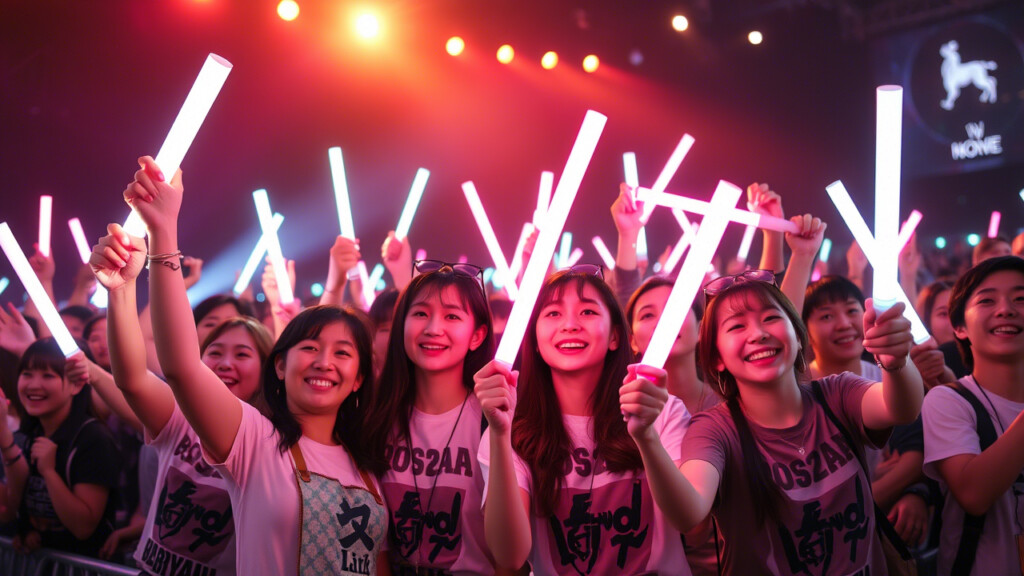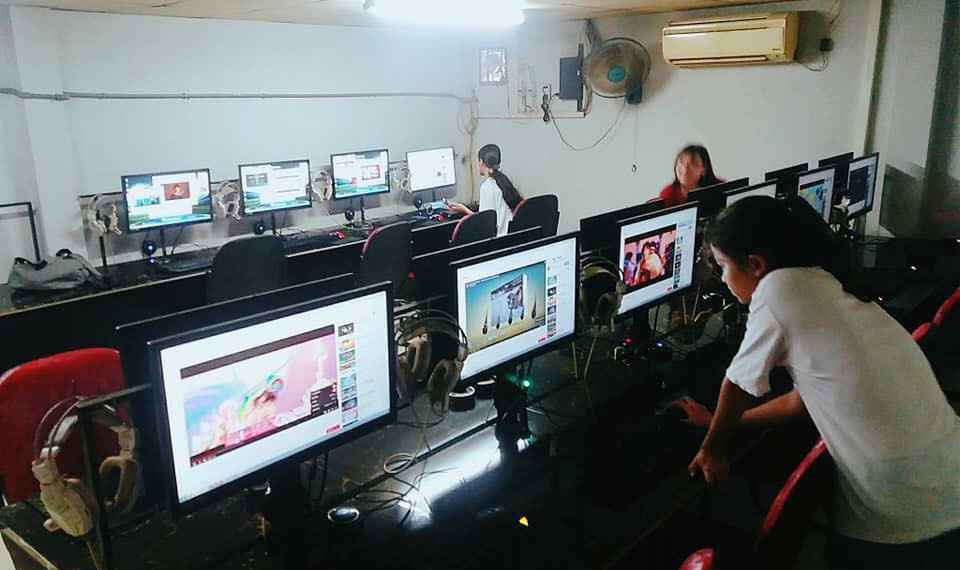What is a Fandom?
A fandom is a community of fans who collectively admire and support an artist or music group. In K-pop, a fandom is more than just an audience; it is a highly organized and systematic force, possessing its own unique name, symbol, and culture. They not only follow the music releases but also actively participate in promoting, protecting, and accompanying their idols through every endeavor.
The Strength of Fandoms

Economic Influence
Fandoms are the primary revenue stream for the K-pop industry. They spend money on albums, concert tickets, merchandise, idol birthday advertisements, and online voting activities. Many groups can achieve tens of millions of US dollars in revenue solely through their fandom’s purchasing power. According to the Korea Foundation for International Cultural Exchange (KOFICE), the global number of Hallyu fans exceeded 178 million at the end of 2022, a 19-fold increase compared to the initial survey in 2012 (9.26 million people).
Global Promotion Machine
Fandoms serve as the most effective and free promotional team. They disseminate their idol’s image across social media, create trends, share videos, and turn music releases into global phenomena. A K-pop song is often widely spread thanks to hashtag campaigns, streaming initiatives, and viral dance challenges spearheaded by the fandom.
Organized Community and Social Impact
Fandoms operate like a community organization. Members often have clear roles: media relations, finance, and content creation. Beyond music, they undertake numerous charity projects, such as fundraising, tree planting, and assisting children or the needy under their idol’s name. K-pop fandoms have frequently been recognized by international media for their positive outreach.
Key Demographics and Behavior
Billboard released its “K-Pop Fandom in the U.S.” report in 2025, based on a survey of nearly 1,400 readers in the US. 82% of participants engage with K-pop music every day of the week. 36% have been following K-pop for five years or more, 46% for 2-5 years, and 19% for under 2 years.

Approximately 80% of fans are female, and 48% belong to the 13-24 age group. 85% state that K-pop helps them relieve stress, 82% provides something to look forward to, and 62% creates a sense of belonging to a community. The majority of these fans reside in the Western and Southwestern regions of the US (Kpopmap).
Influence on the Industry
When a fandom is large enough, it can exert pressure on management companies to protect their idol or demand policy changes. Fandoms have the power to influence the artist’s direction, from concept selection and schedule to promotional strategies. A united fandom can compel a company to listen.
The Double-Edged Sword
While the fandom is a powerful driving force for artist growth, its immense influence sometimes becomes a burden. When fandoms are overly attached or demanding, idols may lose their creative freedom, being pressured to conform to the image desired by fans rather than pursuing their personal artistic direction.
Some fandoms also instigate ‘fan wars‘ or place excessive pressure on management, making the K-pop environment tense. The relationship between idol and fandom is thus both symbiotic and restrictive: the fandom helps the star shine but can also unintentionally limit them within a framework of the fans’ own making.
Fandoms of the Gen Z Era
In the Gen Z generation, many new groups have risen to prominence thanks to the power of their young, dynamic, and tech-savvy fandoms.
- NewJeans/NJZ (Fandom Bunnies): Stands out for strong viral potential on TikTok, with a global fandom helping the group maintain continuous momentum.
- LE SSERAFIM (Fandom FEARNOT): The fandom cultivates a powerful image, championing the group’s message of female empowerment and resilience.
- Stray Kids (FandomSTAY): The international fandom helps the group consistently top the Billboard charts, proving their influence beyond Asia.
- i-dle (Fandom Neverland): The fandom supports the group in the direction of self-composition and self-styling, asserting a unique identity in the K-pop scene.
The power of the fandom demonstrates a shift in the artist-public relationship: from a one-way street to one of interaction and co-creation of value.